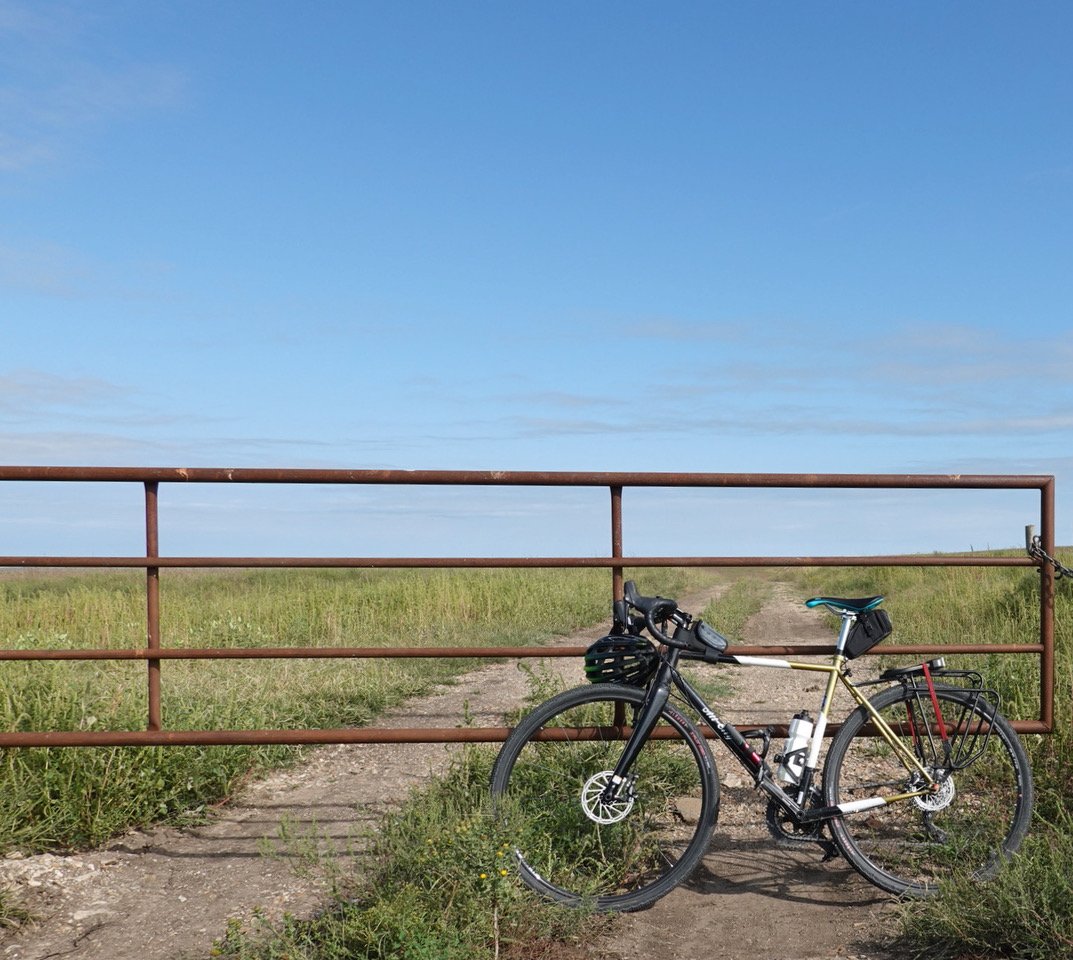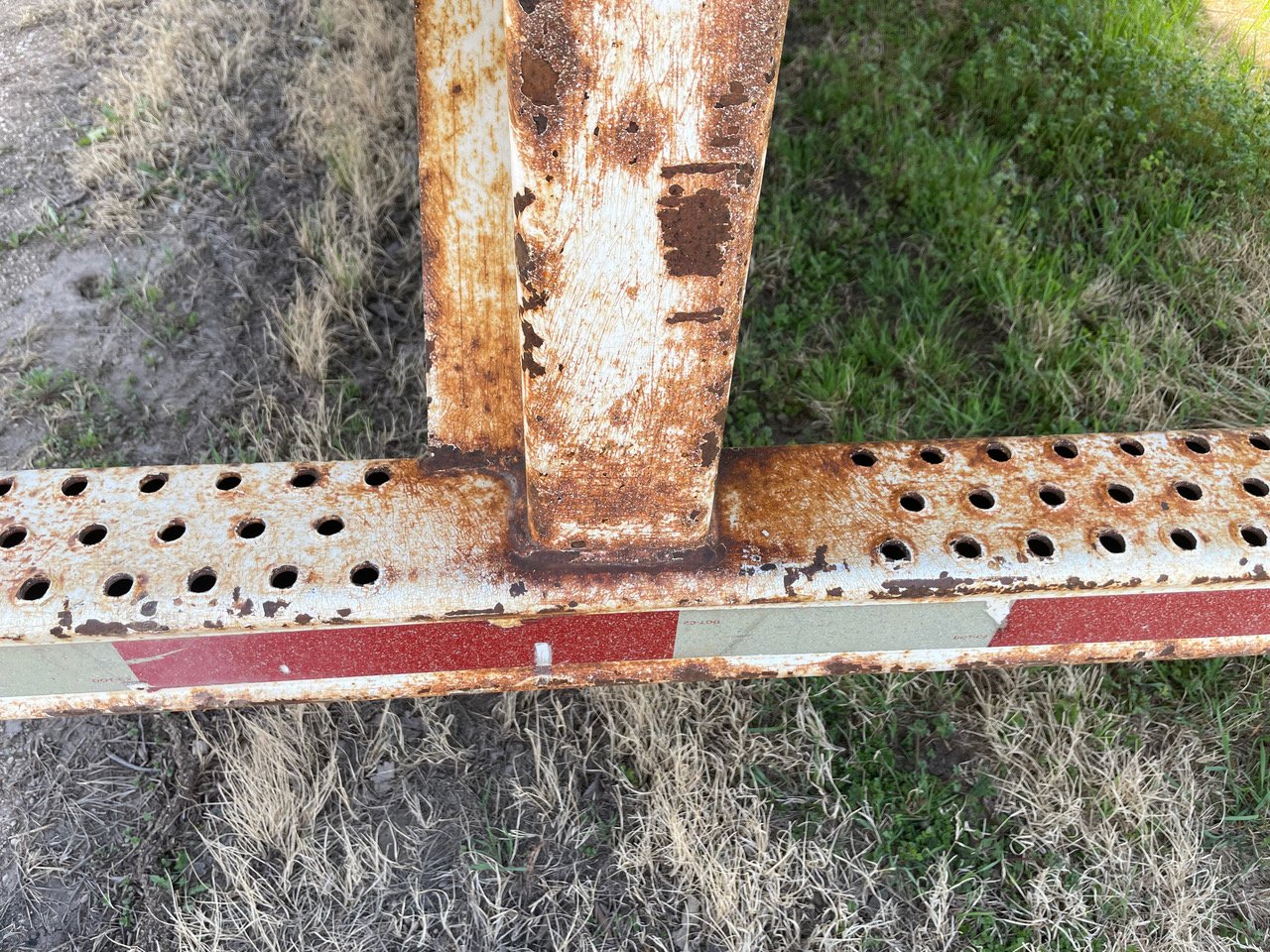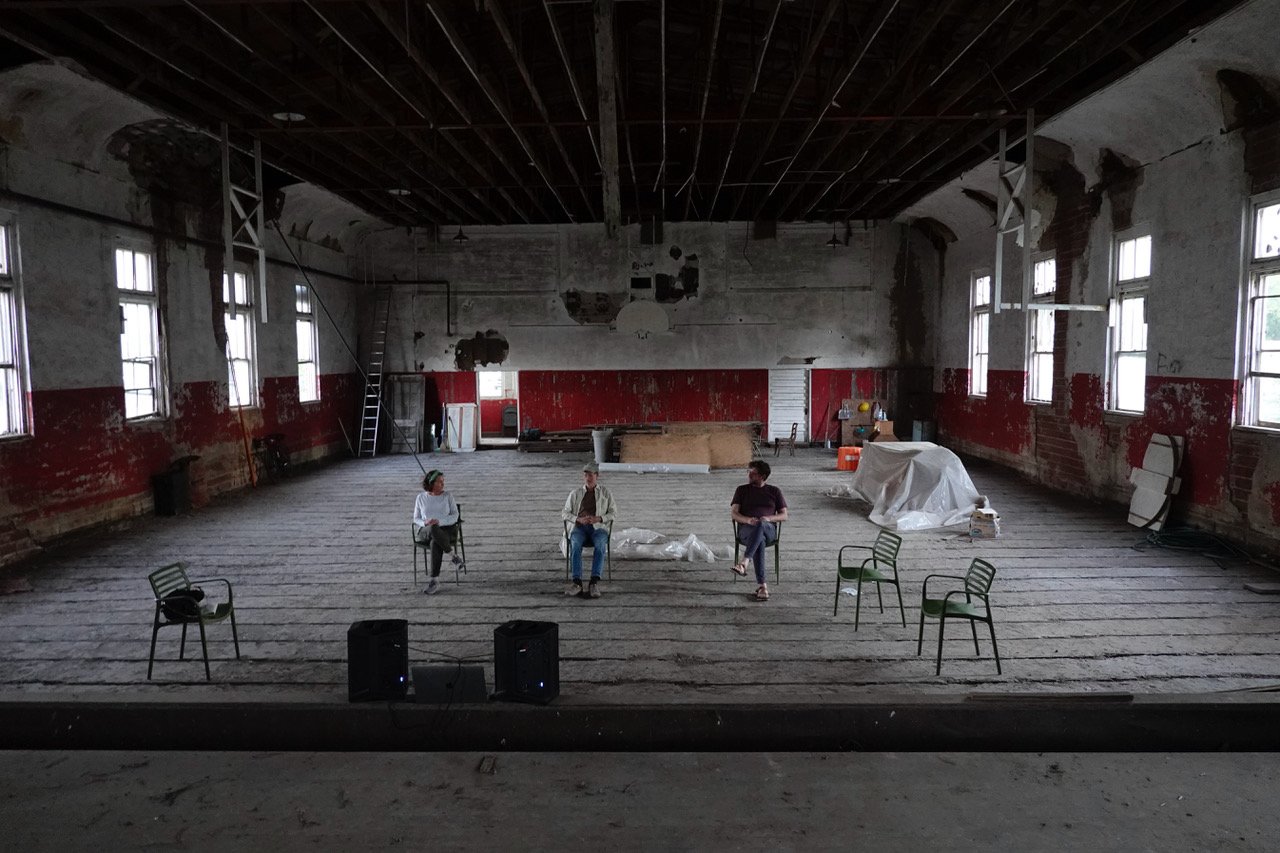Jenny Reardon
Jenny Reardon was an artist-in-residence at Prairieside Outpost in March 2022, traveling from San Francisco, California, where she lives and works. Jenny shared her residency in collaboration with sound artist Anna Friz.
How to know and sense prairies, these iconic lands that for centuries have been at the heart of struggles over how to properly constitute American freedom and citizenship? In the imaginaries of early European colonizers of these lands—and still of many Americans—prairies are barren lands, lands that cannot support trees, and thus the shade and shelter needed for “settled,” “civilized” life. In these imaginaries, Kansas—the Prairieside Cottage—are in “the middle of nowhere.” This settler-colonial myth obscures the complex struggles of many—human and non-human—who make these lands home. The result is the loss of capacities to collectively sense and understand this so-called “heartland of America.”
In 2017, I initiated Caring for Prairie to cultivate collective capacities for sensing, knowing and caring for prairies. It began with a thousand miles of cycling through my home state, building embodied practices for knowing the land, and learning through conversations and immersive photography.
During my two weeks sheltered and nourished by the Prairieside Cottage in the first days of Spring 2022, I continued to develop my proprioceptive and photographic sensibilities. However, joined by the sound artist Anna Friz , the residency allowed me to developing a new sense: listening.
In the ten days that we were in residence at the Prairieside Cottage, Matfield Green and the prairie lands that surround it became a laboratory for forging practices for sensing the polyvocality of prairies, and the rich webs of human/non-human relations they sustain.
We planned our visit to correspond with the spring burns and prairie chicken booming. But nothing ever goes to plan on these wind-swept plains. Storms and unstable weather scuttled our hopes to record the burns. So we focused on the one thing that remains constant in Kansas: the wind.
To attempt to listen to the wind is to become caught up in its life-giving relations. Wind is noticeable to us only as it is in relation to other things—as it slaps against the rope of a flag pole or rushes through a metal hole. Following it, we found ourselves in odd relations to objects that for most have only instrumental value. Anna, for example, spent a close part of an hour kneeling next to the holes of the back step of a 16-wheeler.
The holes had been cut out to create grip so that a step up does not lead to a fall down. For us, they created a wind instrument and a meditation on the friction generated by the free movement of wind through owned space— a truck on the side of a road.
We also found ourselves in inspiring relations to others in Matfield Green. As we listened to the wind as it played in the flagpole, the seesaw, and the swing of the town’s old elementary school, we contemplated the winds of change brought by Matt and Tia Regier who in collaboration with the Land Institute and the Third Coast Activist Resource Center are once again making The School a space of learning.
And perhaps most remarkably, we found ourselves one very early morning listening to the most extraordinary wind instruments of Kansas, the prairie chicken. We arrived at the blind just in time for Anna to figure out how to get the blimp on the boom pole situated outside.
We heard before we could see. Within a minute of settling in, low eerie calls broke through the sound of blind ties flapping in the wind. There was a mystery and reverence to those moments, as my human brain tried to make sense of these ancient grouse beings. Only slowly did bird bodies come into relief against the gradually lightening sky. They skittered across the ground, as if on wheels. They puffed their bright orange air sacs full of air, filling the early morning with otherworldly sonic utterances.
Sounds and movements entranced. We sat for hours. Our sublime experience that morning connected us to one of the most hotly contested political issue in Kansas: should these birds be protected, and how? Debates have been raging over whether the greater prairie chicken’s cousin—the lesser prairie chicken—should be placed on the endangered species list. Raising as it does questions about who controls the care of land and for what ends, a few years ago the Senator Pat Roberts labeled this the most important issue in Kansas.
Over the summer we continued working with these sounds to create the first segment of Wind Instruments of Kansas. In late Fall, I returned to MFG, and played the piece for feedback in Kelly Werts’ emerging sound studio, crafted from the old school gym.
We look forward to returning soon for listening sessions in MFG and surrounding communities as we attempt to share sonic experiences that foster collective reflection on socio-ecological relations, and the lives they do and do not make possible on these iconic lands.





